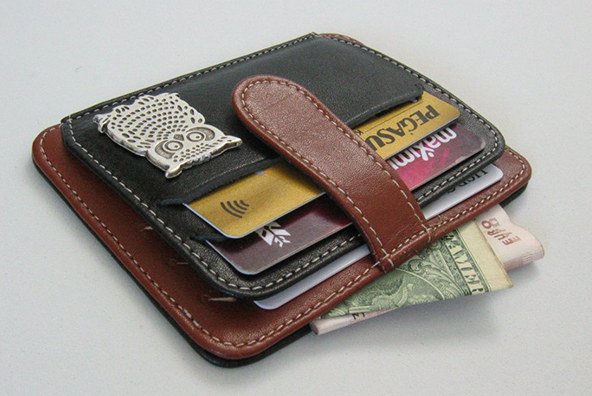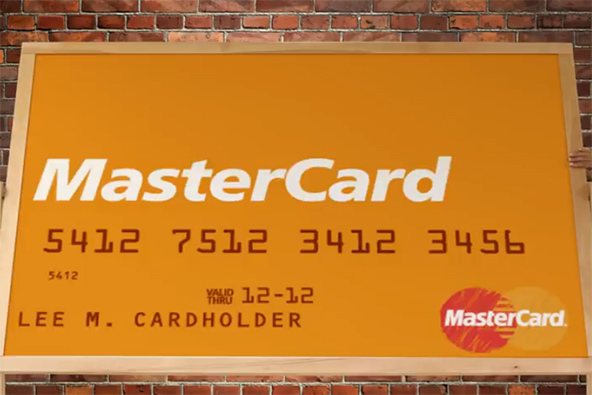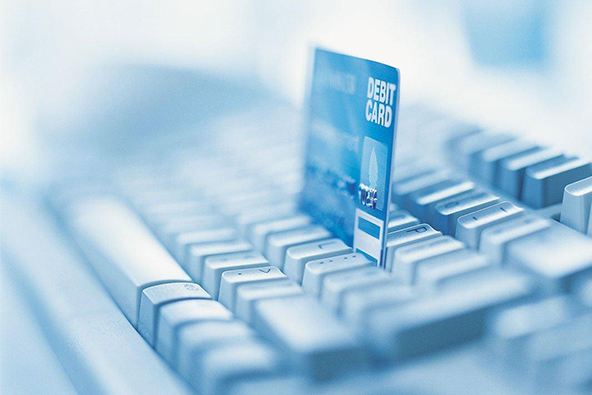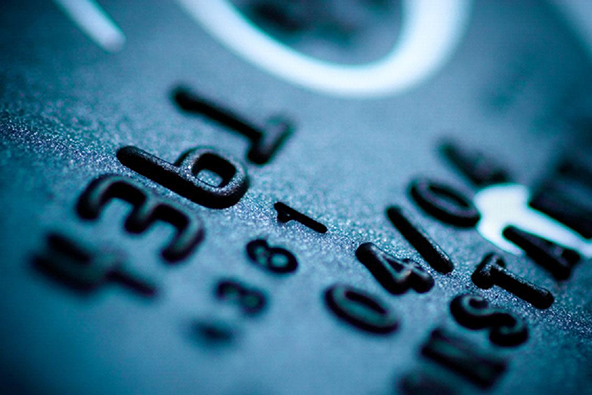Why Higher Fees on Sub-Prime Credit Cards Are Justified

The cost of loans is highest for sub-prime borrowers. There is a perfectly good reason for that, which most consumers understand and accept. So much so that this is a subject that is as uncontroversial as any financial issue can get. And yet, last week’s decision of the Consumer Financial Protection Bureau (CFPB) to abandon a plan to limit the upfront fees on new credit cards caused a mild uproar. The fees at issue are exclusively charged to applicants with poor credit scores and various consumer protection groups promptly proceeded to denounce the CFPB for failing to protect the most vulnerable among us.
Well, I beg to disagree with the critics. The reason these consumers are faced with higher-than-average cost of borrowing is that they have mismanaged some of their previous loans. So why should issuers be forced to lend to them on the terms reserved for borrowers with a better credit history? It is true that people can and do fall on hard times for no fault of their own and that can easily lead to credit delinquencies and defaults. But mind you, in such cases the creditors take a hit in the form of a write-off. Is it really “unfair” to subsequently categorize such borrowers as higher risk and price their loans accordingly? No, it is not.
The CFPB’s Sub-Prime Decision
One of the provisions in the CARD Act of 2009 stated that credit card companies could not charge fees totaling more than 25 percent of a borrowers’ credit limit in the twelve months after the account was opened. However, no such limit was placed on fees charged before an account was activated. Now, this rule has absolutely no effect on regular credit cards, which typically charge no application or other upfront fees and, in any case, their credit lines are high enough to ensure compliance with this requirement, even if such fees were charged.
On the other hand, a sub-prime credit card can often have a limit of only a few hundred dollars and so, if an issuer charged a $95 application fee and a $75 annual fee (as is the case with First Premier Bank of Sioux Falls, S.D.), the total could easily exceed the 25-percent threshold. However, as the application fee is charged before an account is activated, the limit wouldn’t apply. The CFPB felt that this was wrong and earlier this year proposed an amendment to the rule, which would make it apply “prior to account opening and during the first year after account opening.” And now it has backtracked on its proposal.
Are Sub-Prime Borrowers Treated Differently?
Initially I wasn’t planning to weigh in on the subject, mostly because I just didn’t feel that I had anything constructive to add to the discussion. And then I read this comment in an AP article covering the event:
This is the population of credit card holders who are the most vulnerable, folks who don’t have a great credit history, who probably already have limited means. If anything, the CFPB should stand stronger for the consumers who have the least power among us.
The author of this statement is Chi Chi Wu, an attorney with the National Consumer Law Center. What Wu says is wrong in two crucial ways, both of which should be addressed. Firstly, she is implying that the current rule treats sub-prime borrowers differently from the rest, which is not the case. The 25-percent threshold applies to everyone, without exception. The reason it only affects sub-prime borrowers is that lenders, understandably, extend much higher credit lines to consumers with higher credit scores.
Secondly, by advocating that the rule applies prior to account activation, Wu is doing a disservice to the very “most vulnerable folks” she is trying to protect. Again, there is a perfectly good reason consumers with sub-prime credit scores get credit on less favorable terms than those with higher scores. It is called risk. Statistical data show that lending to a sub-prime customer carries a greater-than-average loss potential. If issuers are forced to lend to these borrowers on the terms reserved for consumers with higher credit scores, they may very well decide not to lend to them at all. Or, alternatively, lenders may increase the borrowing costs for lower-risk customers to mitigate the higher sub-prime lending risk. That is precisely what the CFPB has concluded would happen and has backed off from its initial plan.
The Takeaway
CFPB’s decision is widely interpreted as a case of “strategic thinking,” which is to say that the agency knows it is doing the wrong thing, but it feels it has to do it all the same, because there are more important battles to fight and not all of them can be won.
Well, I believe that the agency has made the right decision and should not be afraid to say so. The sad reality is that they buried the announcement in a short Federal Register notice and declined to make any comment.
Image credit: Etsystatic.com.



Apart from making a “strategic” decision, I think that this is also a pretty good PR move. The CFPB shows that it will not always be going on the offensive when things aren’t going its way. I think that will be good for the market and ultimately, for consumers. This decision can also go some way toward winning over people who feel dubious about the bureau.
What this means is that issuers can charge any amount to applicants before they start using their cards. There is nothing to prevent them from doing so. And the thing is that there are a lot of people who would still want to get such a credit card.
Your analysis overlooks two key points. First, it’s simply a myth that most people taking out these subprime cards are seeking to rebuild their credit. I personally know someone that had a BK-7 and within 6 months his FICO score was almost 700 and his credit limit was back up to $5K. People who need these subprime cards are people with no credit history and these cards are often the only practical way that they can build their credit history. That’s the reason why people are willing to pay $150 fees on a $300 card; they have no other choice if they wish to gain access to capital markets.
The second problem with your thesis is that First Premier and other cards like it are secured cards. They are actually risk-free for the subprime lenders. The upfront fee is 100% pure profit for them. It’s a complete rip off.
Daniel,
We’ve published a separate article on the issue of credit cards for the recently bankrupt (http://blog.unibulmerchantservices.com/why-banks-want-to-give-you-credit-cards-after-bankruptcy), at which you may want to take a look. You will find no disagreement with your BK story there. Still, rebuilding credit history is an issue for many and cannot be easily dismissed.
Regarding issuing credit cards to people with no credit history, are you suggesting that issuers extend credit to them on the same terms as they do to borrowers with established credit? If you are, you will not find many to agree with you.
Regarding First Premier Bank’s credit card, it is not a secured card. You can find its terms and conditions here: https://www.premiercardoffer.net/CardDetailsPage/EGLJFLBJ1%200636OMI. Yes, it is a very expensive payment tool and one that no person with access to good credit history will ever consider, but it’s an option for those among us with less-than-perfect history.